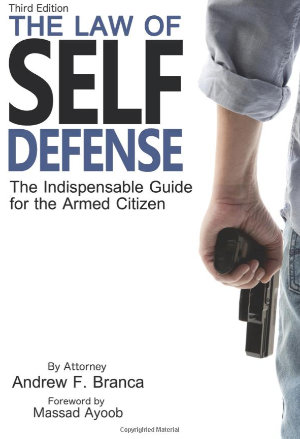Situational Awareness Tips & Drills

Here are some situational awareness tips for honing your skills.
It’s good practice to engage in situational awareness. There are plenty of scenarios to be in a heightened and purposeful state of awareness. Awareness of one’s surroundings. Practice enough, and it will become part of your normality.
Note that situational awareness is NOT engaging in paranoia. Being nervous about everything, fearful, or afraid.
Situational Awareness though, is being alert of one’s surroundings, environment, and situations. A common sense approach to security and safety. Especially while out in public. These situational awareness tips may help you improve that.
Tips and drills for your own situational awareness:
Whenever you enter a building, identify the exits. Plan your exit.
During a panic most people will exit the way they came in, creating a bottleneck.
Most restaurants have an exit in the kitchen.
In a public establishment, sit where you can see the main entrance.
Try not to sit with your back towards the majority.
When parking against a wall or barrier, back in for a quicker exit.
Look around when walking away or towards your vehicle.
Observe others. ‘Oddness’ will stand out.
Attempt to identify those who may be carrying concealed.
If your gut is warning you, pay attention.
Notice those who are themselves looking around, being observant.
Estimate the percentage of people around you who are NOT aware of their surroundings.
In a parking lot, identify vehicles with people inside.
Wear neutral clothes.
Observe others who are dressed outside that environment’s normality.
Listen and identify conversation topics of those nearby.
Facial expressions are often worth a thousand words.
Especially in public, keep your mental focus outward, not inward.
Don’t ‘daydream’ in public.
Amuse yourself by counting human zombies with heads in their smart phones.
Use your peripheral vision.
Reflections off windows will reveal what’s going on behind you while walking.
When entering a environment, do a quick scan around you.
Be aware of safety while operating dangerous equipment.
When out and about, walk with purpose, confidence, shoulders back.
Look for aggressive body language.
Look at the hands. Anything there?
Assess the baseline of the environment you’re in.
When there’s a ripple in the force, figure out why…
The Law Of Self Defense
(amzn)

Related articles on the blog:
Cooper Color Code – The 4 Stages
Situational Awareness Exercises and Drills
